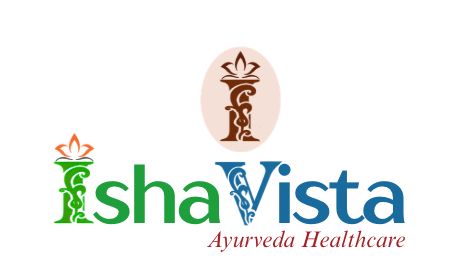“Osteoarthritis may slow you down, but with Ayurveda, you can keep moving — comfortably and naturally.”
Living with osteoarthritis (OA) can feel like carrying an invisible weight — the morning stiffness, the ache after a busy day, and the frustration of limited movement. In Ayurveda, this condition is called Sandhigata Vata — a state where the Vata dosha (the body’s functional principle of movement and lubrication) becomes imbalanced. Over time, this imbalance dries out the natural cushioning in the joints, leading to stiffness, pain, and gradual cartilage wear. While Ayurveda does not promise to reverse advanced OA, it offers time-tested ways to slow progression, reduce discomfort, and support joint function naturally. Treatment often begins with Shodhana (cleansing therapies) to remove Ama (metabolic toxins) and balance Vata. Among Panchakarma procedures, Basti (medicated enema) is considered especially beneficial for nourishing joints and improving flexibility, while Virechana (therapeutic purgation) may help ease inflammatory tendencies. Gentle Abhyanga (oil massage) and Swedana (steam fomentation) warm and relax the joints, making daily movement easier. Once cleansing is complete, Shamana (palliative care) focuses on maintaining results through supportive diet, lifestyle changes, and gentle daily practices. A Vata-pacifying diet — warm, moist, and nourishing — is recommended, while avoiding cold, dry, and processed foods that aggravate the condition. Ayurveda also emphasizes gentle yoga postures and breathing techniques to keep joints flexible, improve circulation, and calm the mind without straining the body. This holistic approach considers your constitution, digestion, age, activity level, and environment to design a plan that suits your needs. Managing OA through Ayurveda is not a quick fix — it’s a steady, personalized journey aimed at improving comfort, preserving mobility, and enhancing overall quality of life.
-Prof. (Dr.) K Parameswaran Namboothiri



